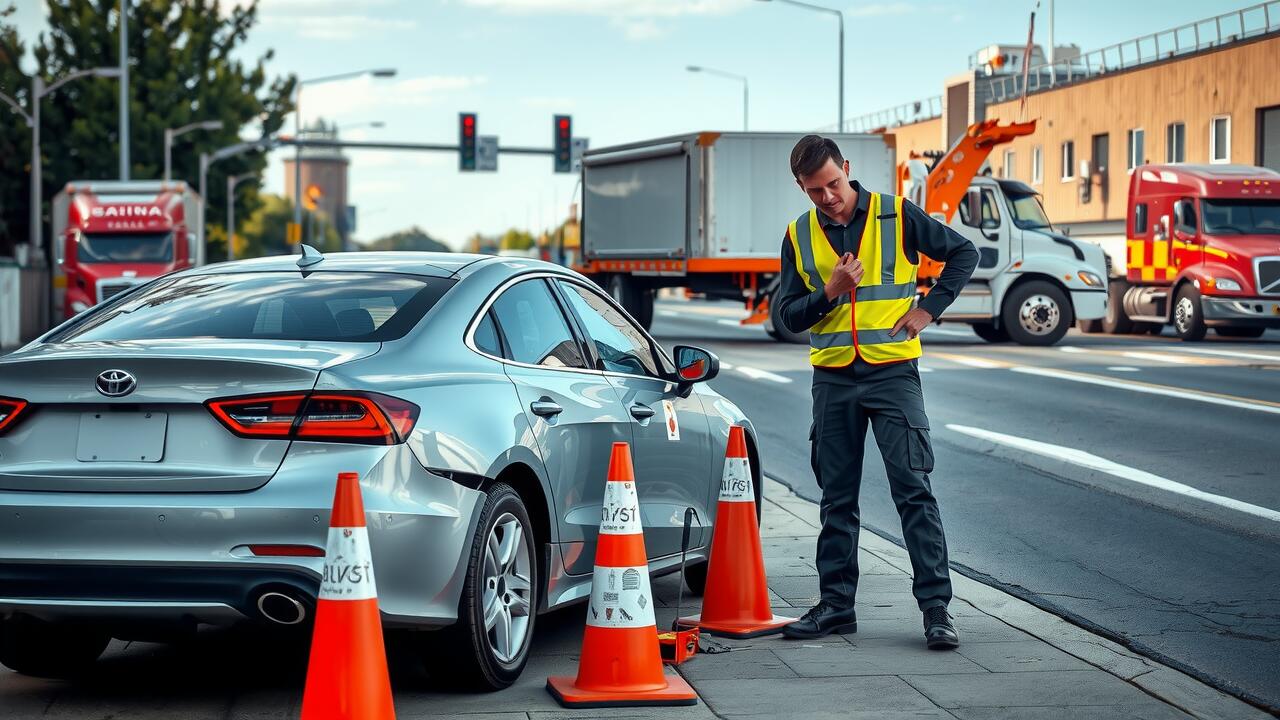
Physical Rehabilitation Strategies
Physical rehabilitation strategies play a crucial role in accident recovery. Implementing a structured and personalized rehabilitation plan can significantly enhance recovery outcomes. It is essential to work closely with healthcare professionals to identify specific needs based on the type of injury sustained. Incorporating exercises that focus on strength, flexibility, and endurance can aid in rebuilding physical capabilities. These programs should be adjusted regularly to ensure they align with progress and recovery goals.
In addition to traditional rehab techniques, alternative therapies can offer additional benefits during recovery. Approaches such as aquatic therapy, yoga, or acupuncture may complement conventional methods and provide relief from physical discomfort. Patients should consider their personal preferences and consult with their therapists to explore these options. A well-rounded approach can lead to a more effective accident recovery, ultimately contributing to a faster return to daily activities and improved overall well-being.
Tailoring Your Recovery Program
Every individual’s experience with an accident is unique, leading to different needs during the recovery process. A customized recovery program takes into account personal health history, the nature of the injury, and emotional well-being. Consulting with healthcare professionals can help establish a realistic and effective plan. This may involve physical therapy tailored to specific injuries or exercises designed to improve overall mobility and strength.
Staying flexible is also key. As progress is made, adjustments may be necessary to increase challenges or modify rehabilitation activities based on feedback from both the patient and healthcare providers. Incorporating personal goals, whether related to pain reduction or returning to favorite activities, ensures motivation remains high throughout the accident recovery journey. Regular check-ins can help refine these goals and keep the recovery on track.
Managing Pain Effectively
Pain management is an essential component of accident recovery. Individuals often face various levels of discomfort as they heal from injuries sustained during the incident. Effective pain relief techniques can enhance the recovery process and promote overall well-being. Approaches may include medications, physical therapy, and alternative methods such as acupuncture or massage therapy.
It is crucial to communicate openly with healthcare providers about pain levels and treatment efficacy. Personalized pain management plans can be created to ensure that patients receive the support they need throughout their recovery journey. Staying proactive and informed about available options helps individuals feel more in control during what can often be a challenging time.
Exploring Treatment Options
Accident recovery can involve a variety of treatment options depending on the severity of injuries sustained. Physical therapy plays a critical role in restoring mobility and function. A licensed therapist can design a personalized program that focuses on strengthening specific muscle groups, improving flexibility, and enhancing balance. In some cases, occupational therapy may also be beneficial, as it aims to help you regain independence in daily activities through targeted exercises and adaptive techniques.
In addition to traditional therapies, alternative treatments can complement the recovery process. Acupuncture has gained attention for its potential to alleviate pain and promote healing. Chiropractic care may also provide relief, especially for musculoskeletal issues. Consulting with healthcare professionals can help you explore all available options and tailor a treatment plan that best meets your needs during your accident recovery journey.
Emotional Support Systems
Emotional support plays a crucial role in accident recovery. Coping with the physical and psychological aftermath of an accident can be daunting. It's essential to surround yourself with understanding friends and family members. Their encouragement and compassion can ease feelings of isolation. Additionally, connecting with support groups can provide a sense of community. Sharing experiences with others who have faced similar challenges can foster healing.
Building a reliable support network is vital for navigating the emotional hurdles during recovery. Open communication with loved ones encourages expression and alleviates stress. Professional counseling can also be beneficial for addressing deeper emotional issues. Therapy offers a safe space to process feelings and develop coping strategies. Establishing both personal and professional connections will strengthen resilience throughout the accident recovery process.
Building a Support Network
Creating a strong support network is crucial for anyone navigating accident recovery. Friends and family can offer emotional comfort and practical assistance during this challenging time. Engaging with those around you may also help alleviate feelings of isolation that often accompany the recovery process. Their encouragement can provide motivation to stick to rehabilitation plans and maintain a positive outlook.
In addition to personal connections, consider seeking out local support groups or online communities. These groups can connect you with individuals who share similar experiences, fostering a sense of belonging. Sharing stories and coping strategies can significantly enhance your emotional resilience while you work through accident recovery. Building relationships with others who understand your journey can make the healing process feel less daunting.
FAQS
What are some effective physical rehabilitation strategies for accident recovery?
Effective physical rehabilitation strategies include personalized exercise programs, regular physical therapy sessions, and gradual progression of activities tailored to your specific injuries.
How can I tailor my recovery program to meet my specific needs?
Tailoring your recovery program involves working closely with a healthcare professional to assess your injuries, setting realistic goals, and incorporating exercises and therapies that target your individual recovery requirements.
What options do I have for managing pain during my recovery?
Pain management options include over-the-counter medications, prescription pain relievers, physical therapy, alternative therapies such as acupuncture, and mindfulness practices like meditation.
What types of treatment options should I explore for my accident recovery?
Treatment options may include physical therapy, chiropractic care, massage therapy, occupational therapy, and in some cases, surgical interventions depending on the severity of your injuries.
How can I build an emotional support network during my recovery?
Building an emotional support network can involve reaching out to friends and family, joining support groups, seeking counseling services, and engaging with community resources that offer emotional and psychological support.
